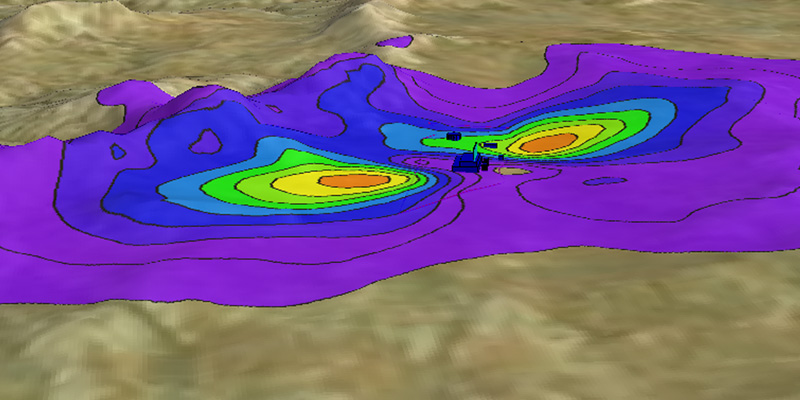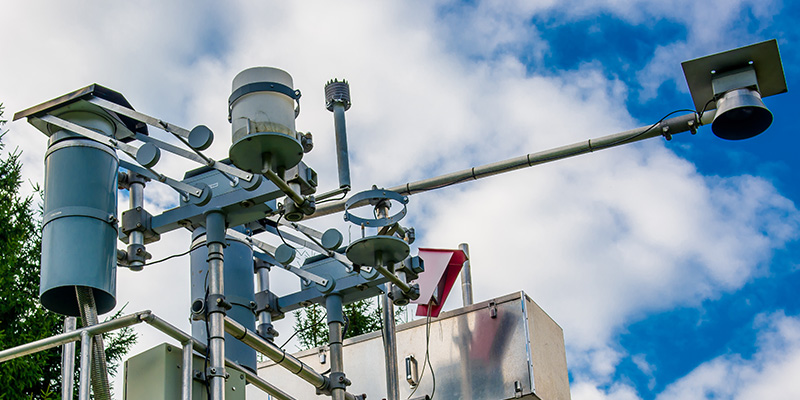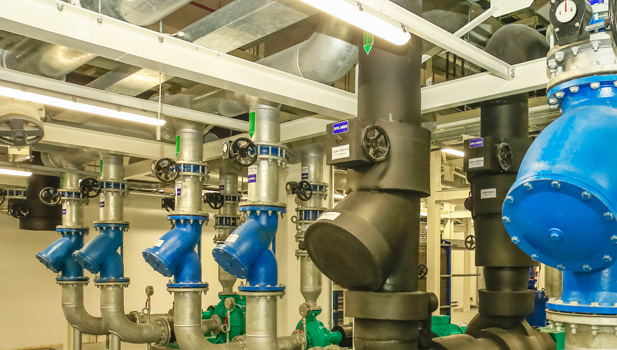Environmental Consulting
Regional Haze Support
As states consider measures for the coming decade, our team offers Regional Haze Support services, tailored guidance and proactive strategies to navigate evolving regulatory landscapes.
Trinity's Regional Haze Support services exist to help demystify the EPA’s Regional Haze Rule (RHR). Trinity Consultants excels in a variety of essential processes crucial for effective environmental management. Our expertise spans across key areas, ensuring comprehensive support for our clients' goals. Through meticulous analysis and strategic insight, we empower clients to navigate the complexity of the RHR and achieve optimal outcomes for their site(s). Our team of experts offers support in the following areas:
- Expert data analysis: Assess species-specific data from the Interagency Monitoring of Protected Visual Environments (IMPROVE) to understand their impact on Class 1 Areas.
- Visibility progress evaluation: Compare actual visibility impairment against the Uniform Rate of Progress (URP) to gauge progress in Class 1 Areas.
- Emission source identification: Determine contributions of various emission sources to impairment, categorizing them for targeted mitigation efforts.
- International impact assessment: Evaluate the influence of international sources on Class 1 Areas to understand their visibility impact.
- Control strategy exploration: Analyze individual source contributions and explore alternative emission rates to devise effective control strategies.
- Comprehensive compliance assessment: Conduct Four-Factor Analyses, including cost evaluations, to comprehensively assess compliance options and guide decision-making.
- Regional Planning Organization (RPO) assistance: For sites in RPO-managed areas or states without defined screening methodologies, Trinity can assist in determining if a site may be screened into the program.
How Else We Can Help
Related Services

Air Quality Permitting
Trinity Consultants are experts in air permitting support for compliance with the Clean Air Act, offering comprehensive services from strategy, application development, and agency negotiations.
Air Dispersion Modeling
Trinity provides a wide range of air quality modeling consulting services for regulatory applications, emergency planning, and human health assessments.
Emissions Calculations, Inventories, and Reporting
Trinity specializes in comprehensive emissions inventory and reporting for facilities, leveraging EPA and industry data to accurately identify and quantify emissions utilizing detailed reporting and advanced EHS digital solutions.
Ambient Monitoring and Service Integration
Trinity's ambient air quality monitoring expertise ranges from the design and implementation of monitoring stations to routine operations, data validation, and official reporting to meet EPA and state requirements.Our Results
Featured Projects

Frazier Collaborates with Trinity Consultants to “Green Light” Compliance for Plant Operations and Expansions
Trinity has supported Frazier's multimedia environmental compliance reporting since 2017 across five states and multiple facilities.
Government Steam Plant Streamlines Environmental Permitting and Compliance
The plant has engaged Trinity since 2008 for a wide variety of continual compliance activities that span air, oil pollution, waste, and water programs.
Power Company Partners with Trinity to Modernize Compliance using Enablon Platform
Starting in 2017, a leading international power generating company tasked Trinity Consultants’ Digital Solutions team with spearheading an Environment, Health, and Safety (EHS) compliance management system modernization program.Regulatory Background
RHR Foundations
RHR Regulatory Background
The 1977 Amendments to the Clean Air Act (CAA) introduced a national objective to restore the 156 federally designated Class 1 Areas to their original pristine conditions by preventing any new sources of visibility impairment, commonly referred to as "regional haze." Further regulations aimed at mitigating visibility impairment in Class 1 Areas were solidified in the 1999 Regional Haze Rule (RHR). Over the past twenty years, these regulations have undergone iterative refinement to enhance their efficacy and adapt to evolving environmental needs.
The RHR establishes a comprehensive visibility protection program for certain national and international parks and wilderness areas (Class 1 areas) and requires states to set reasonable progress goals (RPGs) towards achieving natural visibility conditions in all Class 1 areas by 2064. As a part of this larger goal, states must submit and update State Implementation Plans (SIPs) every ten years detailing how they will comply with the RHR.
After a decade of experience guiding clients through the first Regional Haze planning phase, it is our recommendation that all affected industrial sites be directly involved in the stakeholder process for the second and future planning periods (2019 – 2028 and beyond).
History of Regional Haze Reform
On August 20, 2019, EPA published a final memorandum for Guidance on Regional Haze State Implementation Plans for the Second Implementation Period. This guidance provides additional insight for states as they select sources to evaluate for potential additional control based on the four statutory factors listed in 40 CFR 51.308(f)(2)(i): cost of compliance, time necessary for compliance, energy and non-air environmental impacts, and remaining useful life of the source. Additional factors, including the visibility benefits of controls, may also be considered in these evaluations.
Important Dates
SIPs should include a state's calculations of baseline and natural visibility conditions, including scientific data documenting an adjustment to the URP if international emissions impact a state's Class 1 area(s), the long-term strategy for regional haze reduction, and RPGs to achieve natural conditions by 2064. Unlike the 1st planning period, where Best Available Retrofit Technology (BART) subject sources were the focus, the 2nd planning period targeted any large source of NOX, SO2, and/or PM across industries, including sources previously evaluated under BART.
There are five regional planning organizations (RPOs) that evaluate technical information related to how their States and Tribes impact Class 1 areas. RPOs are developing proposed methodologies for screening sources to determine whether sources could potentially impact a Class 1 area. The data collected and methodologies proposed are then passed to states for their SIP development.
Perspectives
Related News & Insights
Clark County Expands Air Quality Regulations CCAQR Section 92 and 94 to Include Stationary Sources
DEQ Draft SO2 Data Requirements
Approval Frequency of State Implementation Plans from EPA
Read MoreMeet the Team

Christine Chambers
Regional Manager
Jeremy Jewell
Senior Consultant